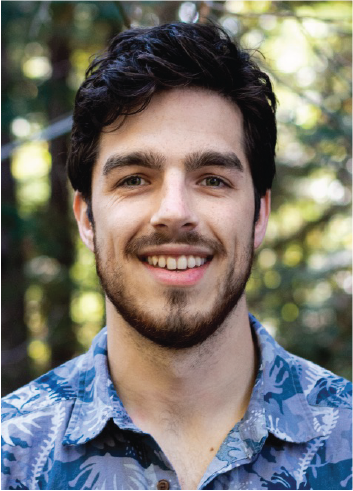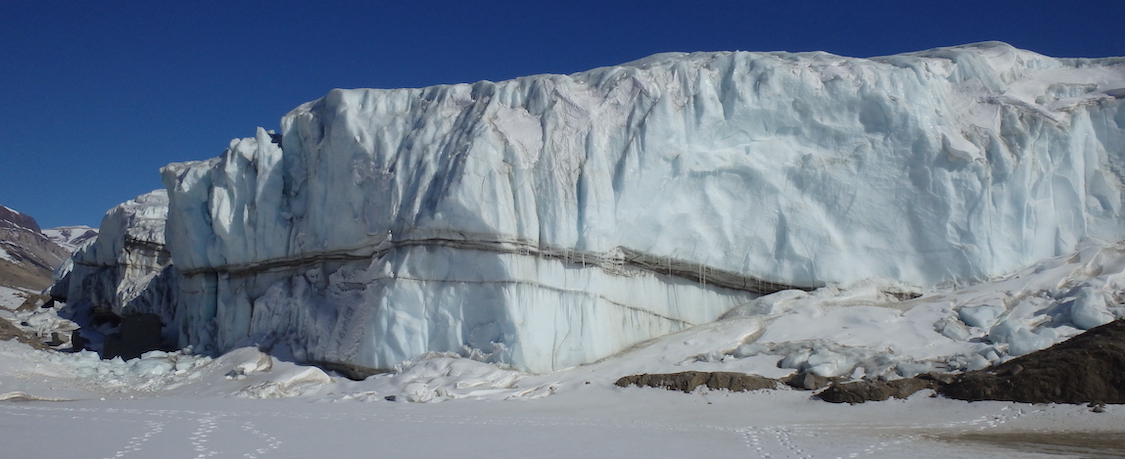Santa Cruz Museum of Natural History
I’ve been a volunteer at the Santa Cruz Museum of Natural History with my colleague Graham Edwards since 2017. In this role, we’ve hosted monthly video streams, a recurring blog, and various pop-up museum exhibits. Our goals as museum volunteers are to promote Earth science literacy in the community, and to facilitate a long term partnership between the museum and the Earth and Planetary science department at UCSC.




